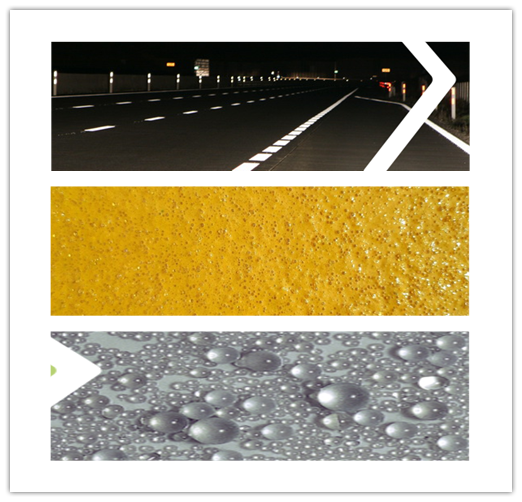Solenoid valve selection basis: First, according to the selection of solenoid valve parameters: Path Specifications (ie, DN), interface mode (connection) 1, in accordance with the size of the pipe diameter or flow requirements to determine the path (DN) size. 2, the interface mode, the general DN> 65 to choose the flange interface, DN ≤ 65 can be free to choose according to user needs threaded or flanged. Second, select the solenoid valve according to the type of medium: body material, sealing material, temperature group 1, corrosive fluid: Body material should use stainless steel or PTFE (polytetrafluoroethylene, commonly known as plastic king), and optional fluorine rubber or PTFE sealing material. 2, food or ultra-clean fluid: Body material should use sanitary stainless steel, and optional silicone rubber seal material. 3, high temperature fluid: To choose the use of high temperature stainless steel and sealing material manufacturing solenoid valve, but also to choose the principle of piston-type structure. 4, the fluid state: as large as a gaseous, liquid or mixed state, especially when the larger diameter must be distinguished because it is related to the pilot hole parameters. 5, fluid viscosity: usually below 50cSt can be arbitrarily selected, if more than this value, you need to use high viscosity solenoid valve. 6, fluid cleanliness: media containing impurities in the solenoid valve installed before the optional other structures. Third, select the solenoid valve according to the level of pressure: Principle Structure Type 1, nominal pressure: This parameter and other common valve meaning is the same, is based on the pipe nominal pressure or use pressure 1.5 times to set. 2, the working pressure: refers to the solenoid valve is closed, the valve front-end pipeline pressure minus the valve back-end pipeline pressure values ​​obtained; when no pressure, low pressure, vacuum, you must use direct acting or straight Dynamic principle, but the direct acting caliber can not be selected too much; when you have a certain pressure above the choice of pilot principle structure. (Our pilot-piston solenoid valve structure as long as 0.01MPa working pressure will be able to work). Fourth, the power supply voltage options: try to give priority to commonly used AC220V, DC24V more convenient. Fifth, according to the length of work or special needs to choose the control mode: normally closed, normally open, self-sustaining, emergency cut off (manual reset) 1, when the solenoid valve needs a long time to start, and continued to open much longer than the time Close time, should use normally open type. 2, if the opening and closing frequently switch or open a short time or open, close time, then choose the normally closed type. 3, but some for security conditions, such as furnace flame monitoring, gas leak alarm, fire safety linkage system, you should choose to cut off the solenoid valve emergency, but not long-term power supply type (long-term power is only a relative concept) Can not choose the more often open. 4, Self-holding solenoid valve (also known as: bistable) is a new technology, it is mainly used for energy-saving or low voltage drive applications. Six, according to environmental requirements to choose auxiliary functions: Explosion-proof, check back, manual, water fog, water pouring, diving 1, flammable, explosive environment: the appropriate level of explosion-proof solenoid valve must be selected (our product explosion mark: EXD Ⅱ CT5. , When the pipeline medium backflow phenomenon, you can choose our ZC series with check function solenoid valve. 3, when the need for on-site manual operation of the solenoid valve, you can choose our company ZC series with manual function solenoid valve. , Open-air installation or dust occasions should choose waterproof, dustproof varieties (protection grade above IP45.) For fountain or underwater pipeline must be used submersible solenoid valve (protection level above IP68).
KS Standard Glass Beads,Appearance: colorless transparent sphere, round and smooth, no obvious bubbles or impurities.1,micro glass beads for road marking paint as reflective material; 2, glass beads for road marking paint; 3 glass beads for traffic. 4; round rate of ≥ 80%; Density :2.4-2 .6g/cm3; refractive index: Nd ≥ 1.50 .
REFLECTIVE GLASS BEADS – drop on / premix beads
For the visibility of road markings reflective glass beads are a major component. Together with the marking material the reflective glass beads constitute the retroreflecting system. The micro glass beads embedded in the marking material reflect the headlight of the car, hence the marking lights up at night. This [lighting up" – retroreflection – makes the road marking better visible for the driver and is thus an important and crucial factor for road safety.
Reflective glass beads as drop on or premix beads:
increase road safety through better visibility at night as well as in particularly bad weather conditions, like fog or rain. improve the life span and the durability of the road marking due to their hardness are a particularly economical factor for traffic guidance and road safety
blyglassbeads one of China reflective glass beads factory can offer a wide range of products and reflective glass beads with refractive indices ranging from ≥ 1.5 to 1.9. In addition it is guaranteed that impurities (e.g. iron) are minimized and/or heavy metal contents.
The production of all reflective glass beads confirms to national and international standards (BS6088, EN 1423, EN 1424, AASHTO, etc.).
Individual customer requests are possible with any type of reflective glass beads.

KS Standard Glass Beads
KS Standard Glass Beads,KS Standard Micro Glass Beads,KS Standard Reflective Glass Bead,KS Standard Road Marking Glass Beads
YONGQING BAILUYUAN GLASS PRODUCTS CO.,LTD , http://www.blyglassbeads.com
